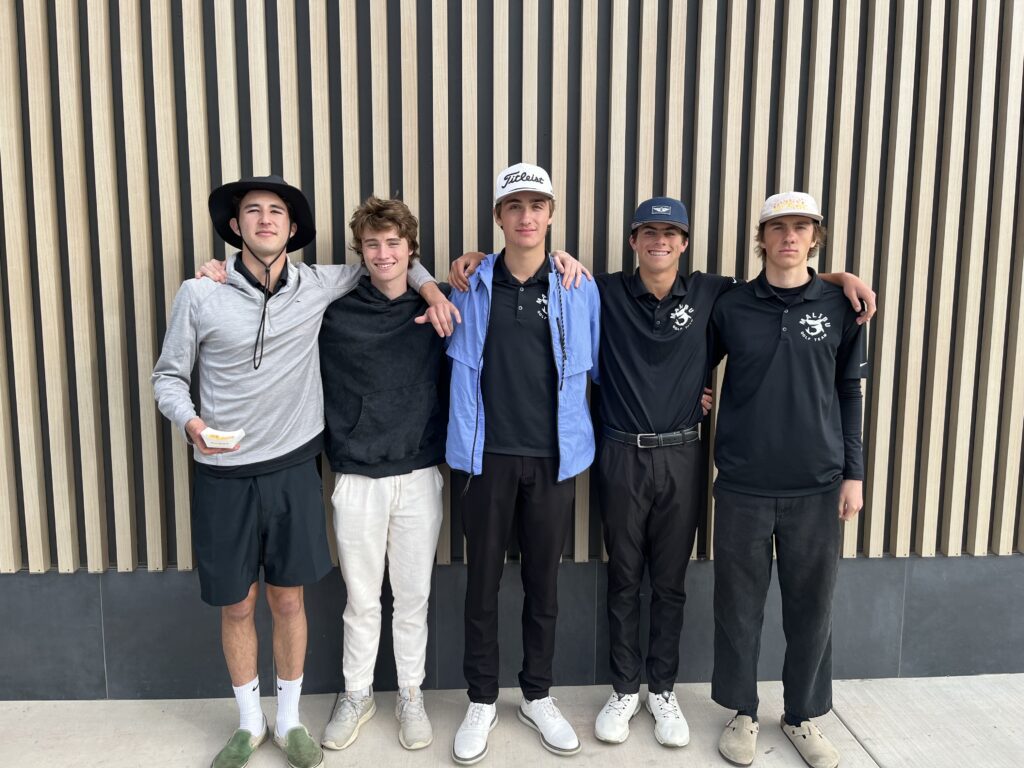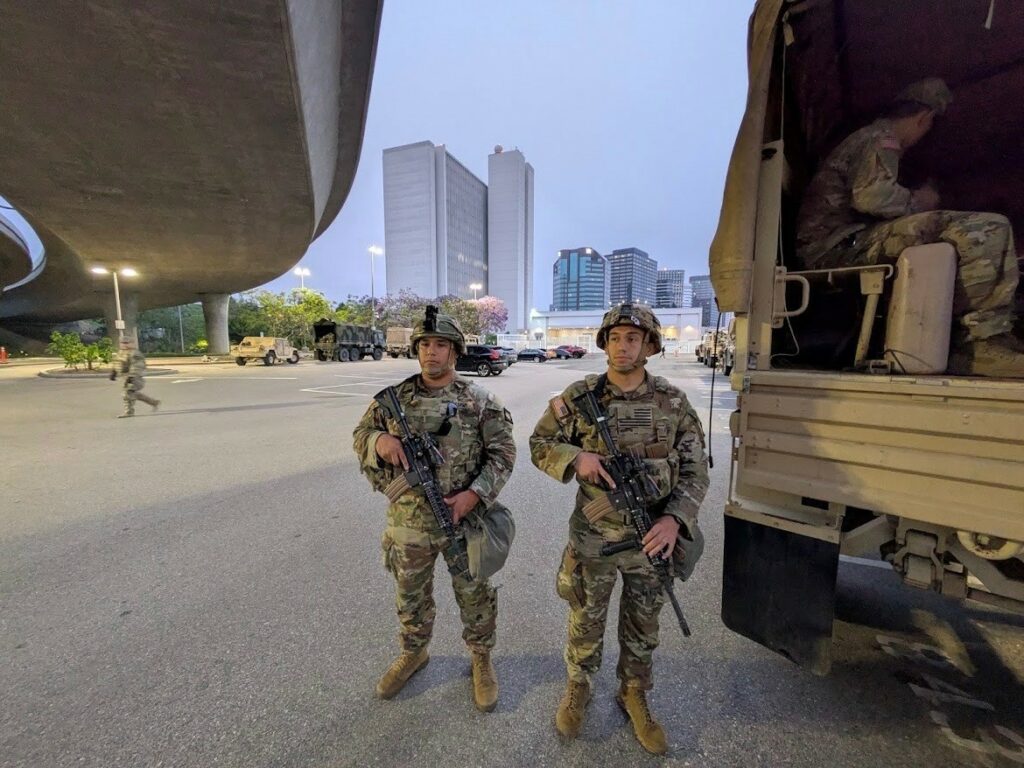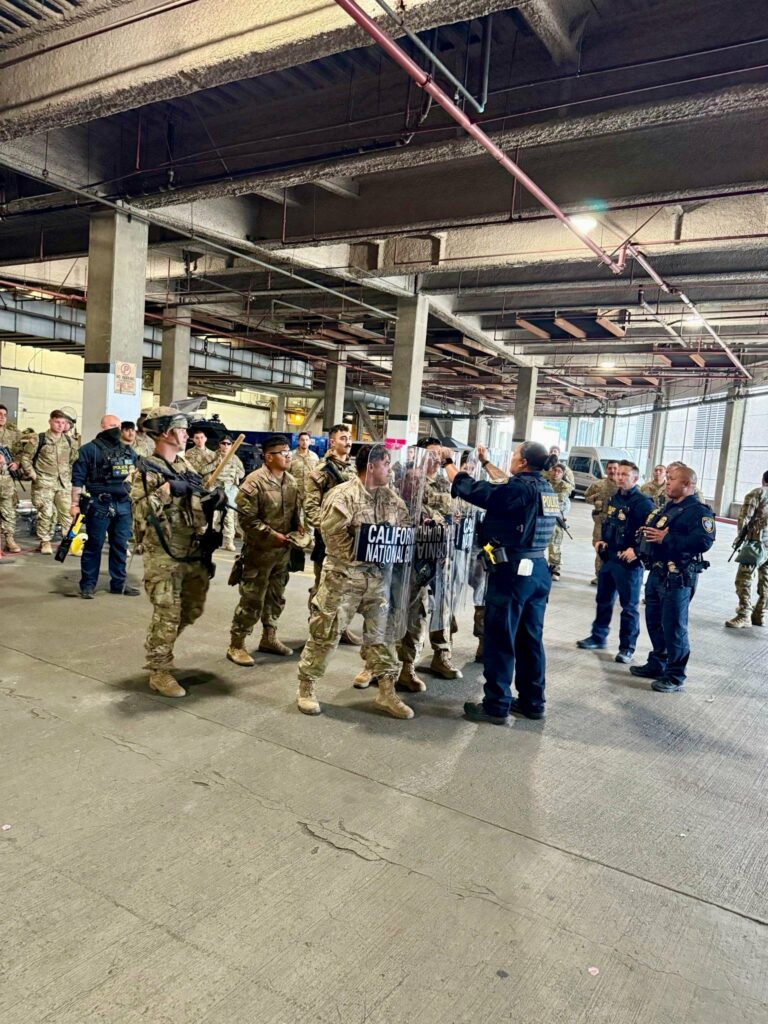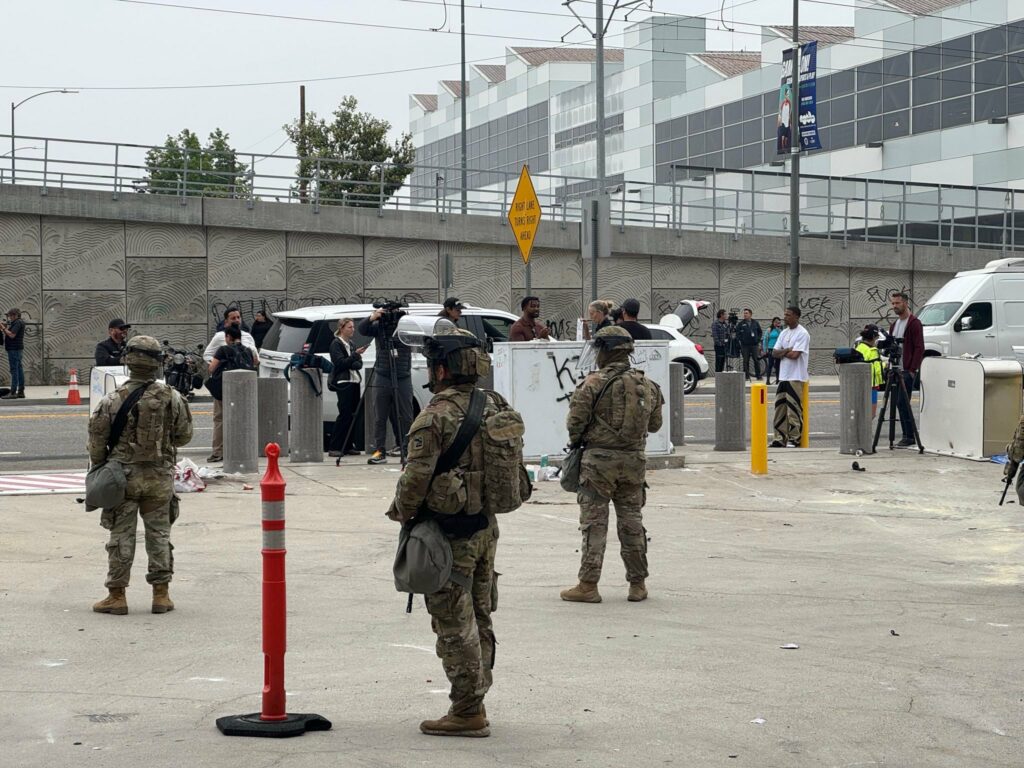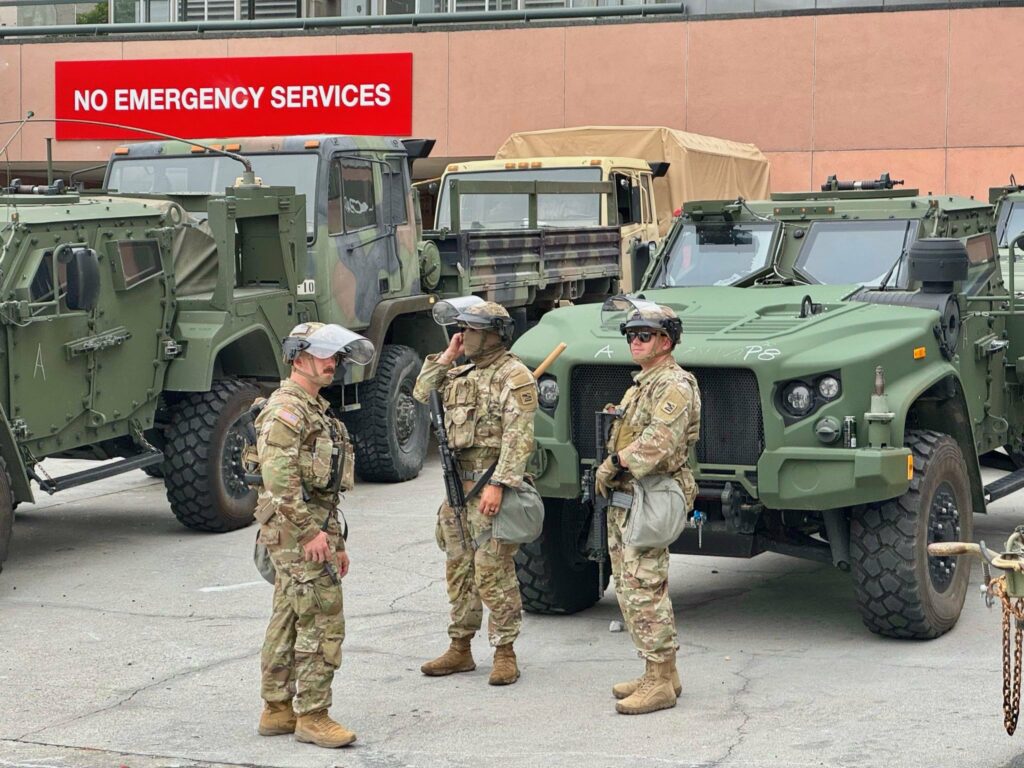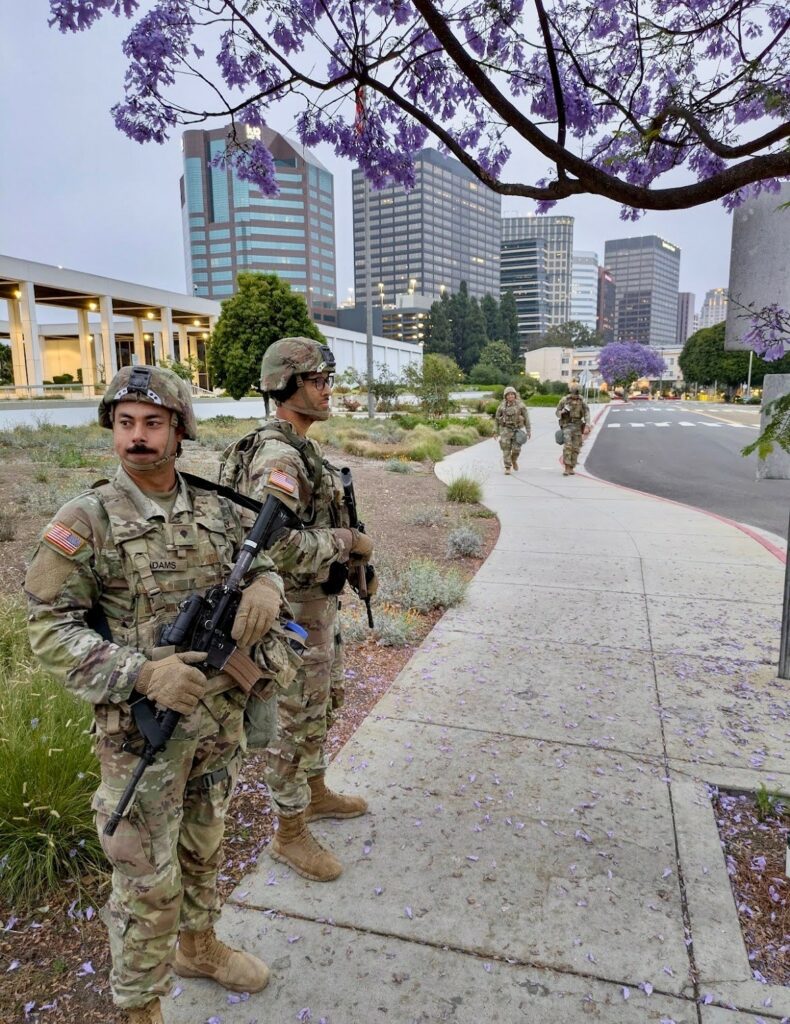This writer clearly remembers standing in the corn fields of central Minnesota when I was a child, marveling at all the worms wriggling and writhing within a fistful of brown, moist soil I had scooped into my hands. Farm life teaches one that such healthy soil full of abundant organisms is the most productive and, importantly, that it must be tended to tenderly.
As a local journalist, after the Broad, Franklin and Palisades fires, this writer wondered how in the world residents whose outdoor areas were torched by recent fires and were then scooped clean of six inches of topsoil to ensure there are no lingering toxins can possibly recover.
Enter stage left Aaron Landworth, a local horticulturist who is an expert in remediating fire-assaulted soil and designing landscapes so as to protect homes and other structures on a parcel by installing plants that can help ward off wildfires, all the while providing gorgeous landscaping.
Reviving and revitalizing fire-harmed landscapes
When replacing decimated landscapes, “We work from the ground up and the process all starts with healthy soil,” Landworth explained, as he discussed guidelines for soil revitalization and remediation following fires and removal oftoxic soil layers. “As you probably know, soil is a community of living organisms, bacteria, fungi, beneficial microbes andmany other creatures — the addition of organic materials and their subsequent decomposition is what creates a healthy environment for growing plants.”
Organic materials include compost, finely-shredded wood, well-aged horse and steer manure compost, 100% pure worm castings (which are super beneficial), and granulated humic acid — a soil amendment derived from decomposed organic matter, offering benefits such as improved water retention, nutrient uptake and improved nutrient uptake and a mulch cover on top of soil. With the top 6 inches of soil removed, Landworth notes that it may be necessary to purchase a qualitytop soil or topsoil already amended with compost.
“When 6 inches of soil is scraped off of your property, the action of heavy equipment/tractors/skip loaders and dump trucks will severely compact the remaining surface, usually leaving a “hard pan” which prevents water percolation and creates a barrier for root growth,” Landworth noted. “It is imperative that the remaining surface be loosened by cultivation at least one foot deep and the organic materials be thoroughly incorporated into the soil.”
What, many readers may lament, is a person lacking a green thumb to do as he tries to handle such a project himself?
“If you have decided to purchase top soil — sandy loam is a preferred type of soil. This top soil must also be incorporatedinto the existing substrate and not just be layered on top.” Landworth advised. “You must create a homogeneous blend of existing soil, organic amendments and newly added top soil for a uniform texture.”
He also advises that when remediating their damaged landscapes, Malibuites should ensure that their soil is ready for planting by providing soil with organic material benefitting from worm activity and they also may consider using an olla pot for slow watering underground.
The benefits of a 3-4 inch deep mulch cover on top of soil, utilizing more compost or a product such as shredded cedar, are that it slowly decomposes, furthering the enrichment of new soil structure, acts as a buffer for temperature changes, holds moisture on our hot and windy days, makes weeds easier to pull, and it has an attractive finished appearance to your garden.
“I prefer the shredded products for this purpose as opposed to the chunky bark that tends to float or blow away,” Landworth advised. “Do not under any circumstance use weed barrier or landscape fabric products because compost and mulch create an environment attractive to earthworms who are nature’s natural aerators, cultivators and fertilizers.”
For plants to grow properly, their soil needs to have equal amounts of air space, water, and soil materials, Landworth emphasized, adding that one “must create a homogeneous blend of existing soil, organic amendments and newly added topsoil for a uniform texture.”
Phytoremediation … plants that remove toxins from soil
Sunflowers, borage, aloe vera, willows, and others are plants that clean contaminated soil by binding and extracting poisons, Landworth noted, cautioning all to “not consume any part of the plants used to remove toxins from soil.
When you are replanting, Landworth said to “consider California native plants as they create habitat and support our beneficial birds and insects.”
Biodiversity creates a healthy ecosystem, he said, adding, “A keystone plant to consider are oaks, especially the California live oak (quercus agrifolia), which supports hundreds of species of insects and birds.”
Elaborating, he noted, “They are extremely resilient to heat from wildfires. Oaks buffer and redirect wind-blown embers and their thick leaves resist burning. If burnt, the tree regrows within a year.” Indeed, Landworth stated that he has “seen many structures protected by large oaks as the fires sweep through.”
Several other species of plants protect against fire
“This photo depicts Grecian bay laurel on a property in the Big Rock neighborhood,” Landworth shared. “All surrounding homes burned except the home where this hedge is and one other house.”
Wow! A properly planted and nourished indigenous bush or tree can help to save a home from being destroyed by a wildfire?
“Affirmative! I installed the hedge about 10 years ago and it is 120 feet long and eight feet tall,” Landworth said, with the tone of a proud parent. “The hedge is extremely resilient to heat and ignition. Only one small area of it burned and that isbecause the homeowner’s gardener allowed piles of leaves to accumulate in that one spot. Embers dropped into the hedge and the hedge extinguished them – its thick, leathery leaves don’t ignite easily.”
Having nature nearby our homes and businesses helps to keep locals grounded and the best way to bring nature back is by ensuring soil is healthy and that indigenous plant species are planted — simply stated nature knows best when one undertakes restoring landscapes.

























